Day-dwelling humans may not have noticed, but there are far fewer bats fluttering through the night sky and munching on insects in the Southern Appalachians than there once were. And according to conservation groups, several species of nature’s only flying mammals could soon go from endangered to extinct if the U.S. Forest Service moves forward with logging as permitted in the recently passed Pisgah-Nantahala Land Management Plan.
The Southern Environmental Law Center and five other conservation groups issued the USFS a notice of intent to sue in July on the grounds that it ignored its own scientific findings suggesting that logging in certain areas could drastically harm the habitat and feeding grounds of four already endangered species, therefore violating the Endangered Species Act. If filed, the case will be heard in the U.S. District Court for the Western District of North Carolina.
The species in question — gray, Indiana, northern long-eared and Virginia big-eared bats — all rely on specific types of forest conditions to survive as they battle white-nose syndrome, which has devastated the bats’ ranks, making habitat conservation critically important, says Ben Prater, Southeast program director for Defenders of Wildlife, a national wildlife conservation organization focused on protecting imperiled species and their habitats.
“We’re dealing with a real crisis of potential extinction. And that’s why a number of bats are currently federally listed, and why we really have to act to make sure that we’re protecting the bats that are remaining,” he says. “[The Pisgah and Nantahala National Forests] provide some of the best habitats available for these species. So, by protecting the integrity of our national forests, we’re able to help get these bats back on a path toward recovery, which is the goal of the Endangered Species Act.”
The crux of the conservation groups’ argument is not that the USFS plans to expand logging, but that the plan fails to designate specific areas where intentional logging could be performed without causing harm, says Sam Evans, a senior attorney with the Southern Environmental Law Center based in Asheville.
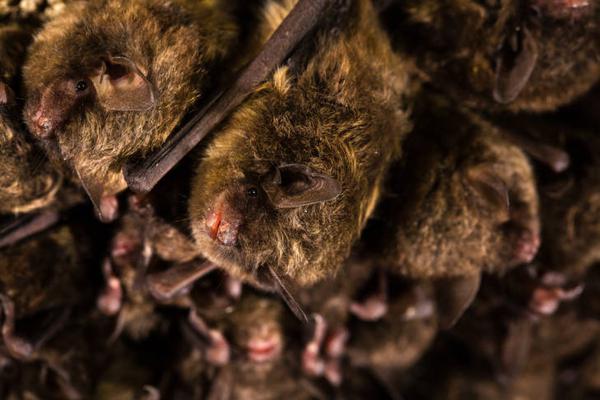
“The plan sets objectives to do big-patch logging throughout the forest, irrespective of what ecosystem it is happening in, whether it’s happening in old growth, whether it’s happening in a state-designated area that’s rare habitat — sort of just doing it sort of willy-nilly across the landscape,” Evans says.
For its part, the USFS argues that it did everything in its power to review the effect the plan would have on all imperiled species found in the forests and reported its findings to the U.S. Fish and Wildlife Service, which enforces the Endangered Species Act.
“Protecting the species that call these forests home is an incredibly important responsibility that we take very seriously. We looked at the needs of more than 1,000 species in the development of the revised plan,” says USFS spokesperson Kimberly DeVall in an emailed statement.
“The USDA Forest Service worked with the U.S. Fish and Wildlife Service to ensure we are meeting the needs for bats that are currently listed as endangered and those that might be listed in the future. The Forest Plan requires us to continue to coordinate with the U.S. Fish and Wildlife Service using the most current conservation information available,” she writes.
But Evans says public records requests made by SELC revealed the USFS glossed over the effects its logging plan would have on bats when it submitted its analysis to the Fish and Wildlife Service to review.
“The problem is that the Forest Service didn’t give the Fish and Wildlife Service their underlying assumptions. They didn’t show their work,” he says. “We understand what’s underneath those assumptions. And that is why we are so worried.”
A long time in the making
The 1976 National Forest Management Act requires each forest to have a land management plan to guide the management of forest resources. Both Western North Carolina forests are covered by the 2023 plan, which went into effect in March and details priorities for managing competing interests — including conservation, recreation and timber production — for the next 20 years. Last updated in 1994, the forest plan covers more than 1 million acres of forest and took 10 years to finalize, partly because of thousands of comments from forest users and advocates.
The plan’s lack of specificity regarding timber production plans is what alarmed the conservation groups — SELC, Defenders of Wildlife, the Center for Biological Diversity, The Wilderness Society, MountainTrue and the Sierra Club — when it came to protecting the bats, Evans says.
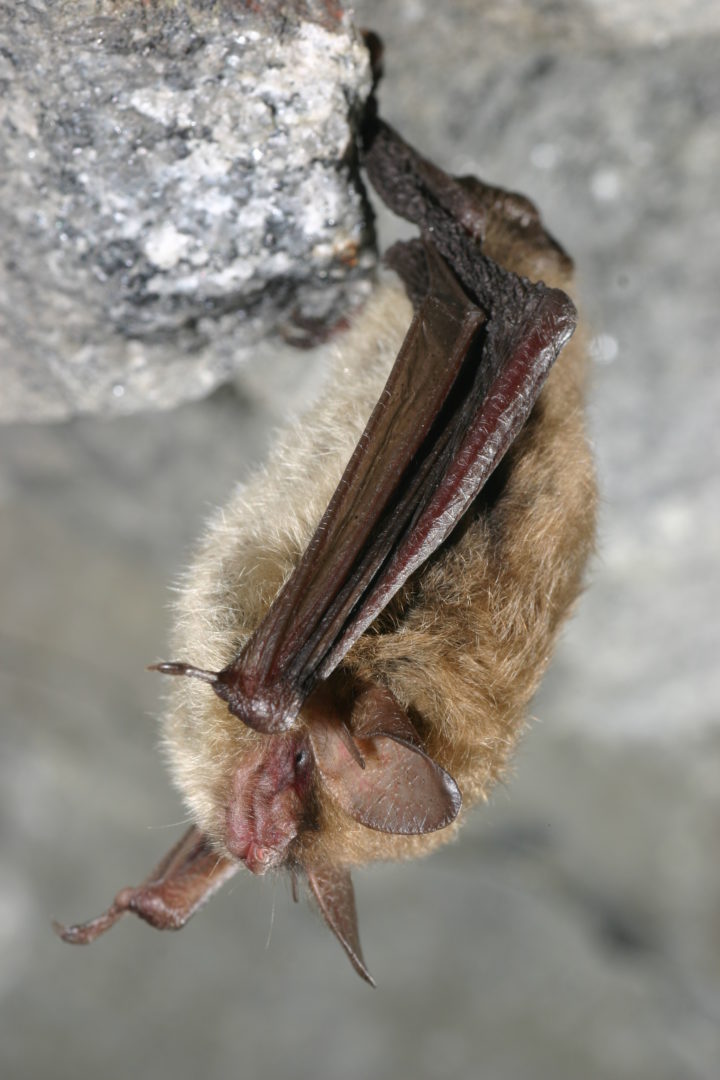
In the plan’s environmental impact statement, a required element of any forest plan, the Forest Service claims that habitat conditions for all forest bats will improve or remain stable partially because of the increase in “edge” habitat — forest edges that give way to openings in the tree canopy — that the logging plans will create. When logging is being conducted, forest edges are naturally created, and many bats rely on forest edges for habitat. However, Evans argues the Forest Service ignored the nuanced needs of each bat species, each of which seeks different types of openings near forest edges to roost.
“You cannot draw the line from A to B there. Some bats may benefit from large-patch logging projects, but the federally listed bats that we’re talking about here will not,” he says.
Northern long-eared bats, for example, prefer foraging in intact, mature forests rather than “fragmented habitat or areas that have been clear-cut,” according to the notice to sue states. They “avoid foraging in or crossing large open areas, choosing instead to use tree-lined pathways or small openings.”
Similarly, Indiana bats “consistently avoid crossing or foraging in large open areas greater than 20 acres.” Virginia big-eared bats also forage near forest edges, but they “do not use clear cuts during foraging” and generally avoid “utilizing openings larger than half an acre,” according to the notice.
In other words, some edge habitat is good, as indicated in the plan, but edge is often useless to the bats if it’s located near the types of large open areas that are often created from timber harvests, Prater says.
To Prater, the known roosting tendencies of these particular species means the Forest Service should have been very specific when designating areas for logging and clear cuts. In fact, under the Endangered Species Act, Prater argues the Forest Service is obligated to “proactively work for the conservation and recovery of any listed species that are on these landscapes.”
“I think what we have is a plan that sort of falls short of that. It does not go far enough to help differentiate between where and what type of logging should happen and in what type of environments. It leaves, you know, tens of thousands of acres of prime habitat for the species vulnerable to rotational timber management, which is not appropriate for many of these species,” Prater says.
Water quality
Another major issue with the plan, according to the notice, is the potential impacts it will have on water quality because of the need for more roads to access more forest that is open for logging under the plan.
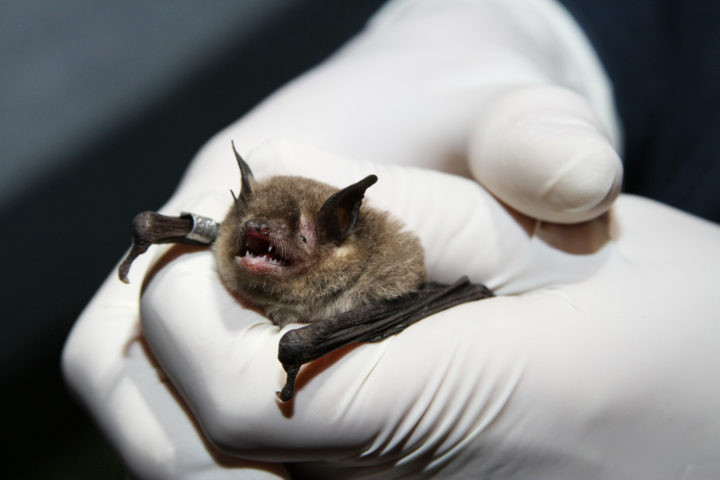
If current trends continue for how many miles of road are needed per acre logged, Evans writes in the notice, proposed logging levels would require 18.2 miles of road construction a year, far outpacing the Forest Service’s plans to decommission 1.2 miles of road per year, as documented in the 20-year plan. That contradicts the USFS’ claims that there is unlikely to be an increase in overall road miles during plan implementation in its notice to the FWS, Evans says.
In addition, argues Josh Kelly, a public lands field biologist for MountainTrue, the Forest Service already has a $40 million backlog of road maintenance and over 2,000 miles of roads to maintain in these two forests alone.
Roads, especially during construction, inevitably lead to erosion and increased sedimentation in streams, which is the No. 1 pollutant in forest waterways, choking out the important aquatic insects such as mayflies and stoneflies that bats love to eat, Kelly says.
Gray bats, in particular, roost near waterways to feed on the aquatic insects on which they highly depend, according to the notice.
“If you spend time on rivers and streams in Western North Carolina in the summer, you will see bats flying over those rivers and streams eating adult aquatic insects,” Kelly notes.
In response to these complaints, DeVall argues water quality was a priority of the USFS when drafting the plan.
“The revised plan prioritizes protecting water quality — in fact, that is one of the reasons the Forest Service was established. Water is a life-sustaining resource for the Nantahala and Pisgah national forests and our local communities. The plan ensures water quality will be protected for future generations,” DeVall says.
But Evans, Prater and Kelly all note that those claims don’t mesh with the need for more roads that increased logging plans will require.
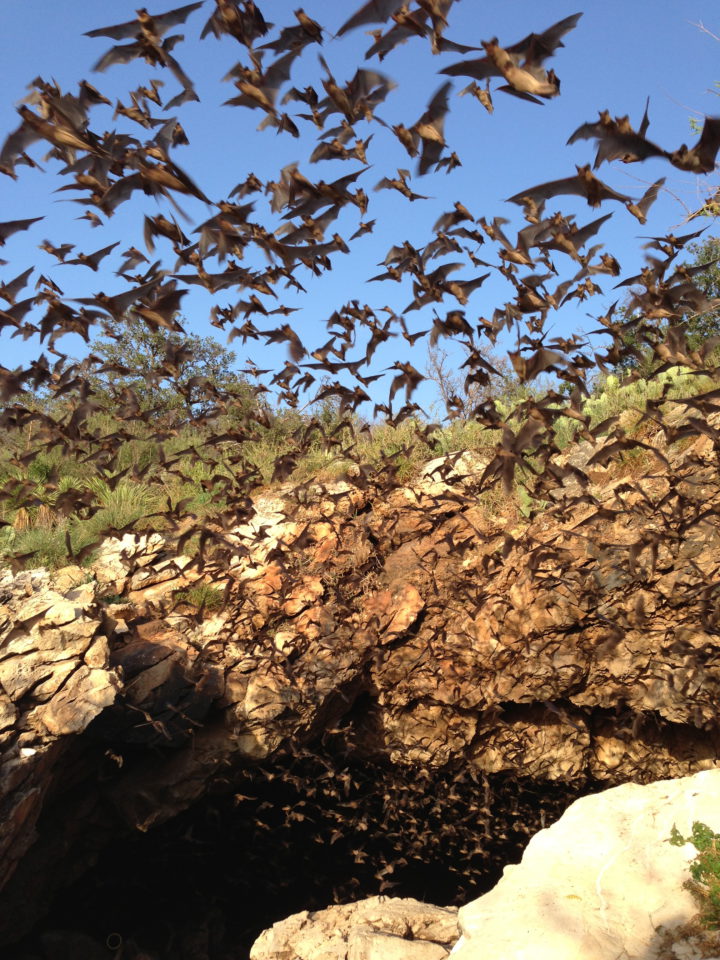
“You have to have roads to get that work done. Those roads introduce sediment and will cause significant problems for water quality. And with any degradation of water quality, you see the cascading effect of [a loss of] diversity in the stream, and you may not have the insect populations these bats need,” Evans says.
Last refuge
For all of these bat species, the rarity of the large, undeveloped tracts of forest found in Western North Carolina in the Eastern United States ramps up the pressure from conservation groups to conserve it as the bats’ last refuge.
“The southern Blue Ridge is a global stronghold for temperate hardwood forest, and as such, it is also the stronghold for the forest bats that like temperate hardwood forest. And so truly this is one of their most important and last refuges as far as habitat goes,” Kelly says.
Complicating the issue further for the planet’s second-most diverse group of mammals on the planet is their relatively slow reproductive rate. Bats generally only produce one pup each season. So, when adults start dying off, they experience dramatic declines in population. That makes maintaining ideal summer roosting, foraging and maternity areas in the forest for these protected bats vital to their growth and survival, Prater says.
In ideal conditions, most bats live nearly 20 years, on average, according to the Department of the Interior, far more than the one to two years most mammals as small as bats tend to survive.
The conservation groups say they don’t want to take the USFS to court. But they will, if they don’t feel as if the agency reacts in an honest way.
“We’ve been working trying to avoid litigation for 10 years. We can give it some more time. We want to know that the agencies are interested in fixing these problems,” Evans says.
For now, the conservation groups — and the bats — are waiting for a response from the USFS.
“We feel that in the plan in this context for bats, and many, many other listed and rare species, they really deserved a specificity to help make sure that future managers can do the right thing. I think we all agree, the Forest Service, conservation groups and stakeholders alike, that we’ve got an incredible asset in our national forest, and we all are committed to seeing it managed for ecological integrity and sustainability into the future. But we can’t do that at the expense of wildlife that are [so desperate for us to] help preserve and recover them while they’re in this situation,” Prater says.


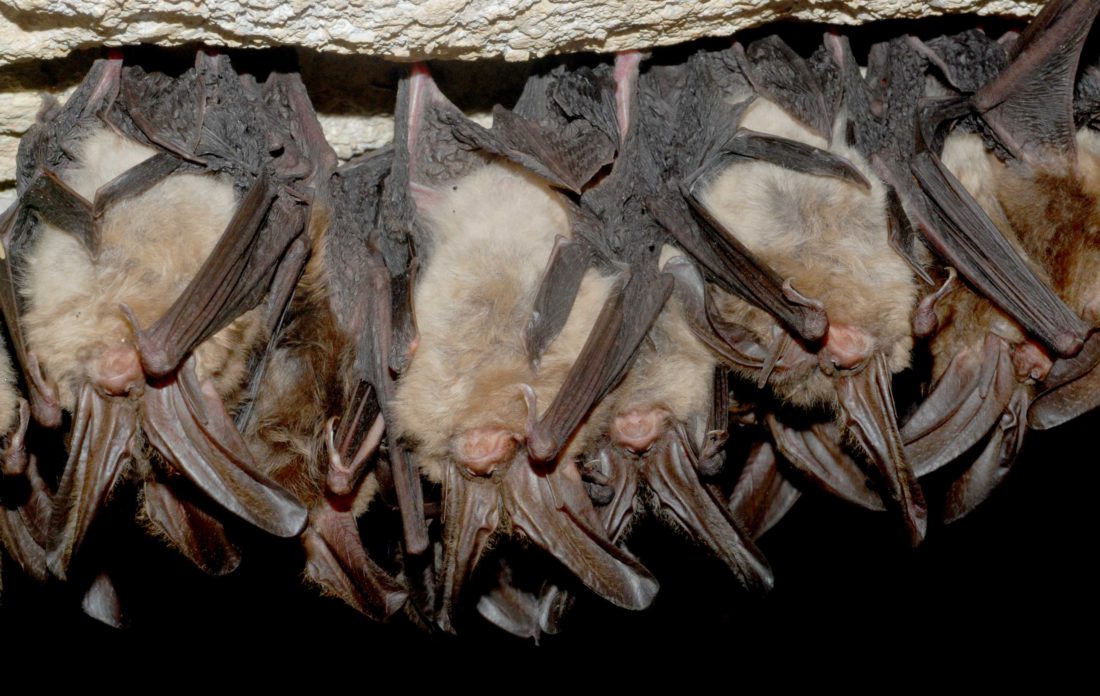
yes, sure…. let’s have the Forest Service exponentially ramp up the logging of the last of their kind and size relatively intact temperate hardwood national forests here in WNC …who really cares about bats and the uber clean water they require anyway? It’s people ( ..the more the better apparently) that matters. Go for it.